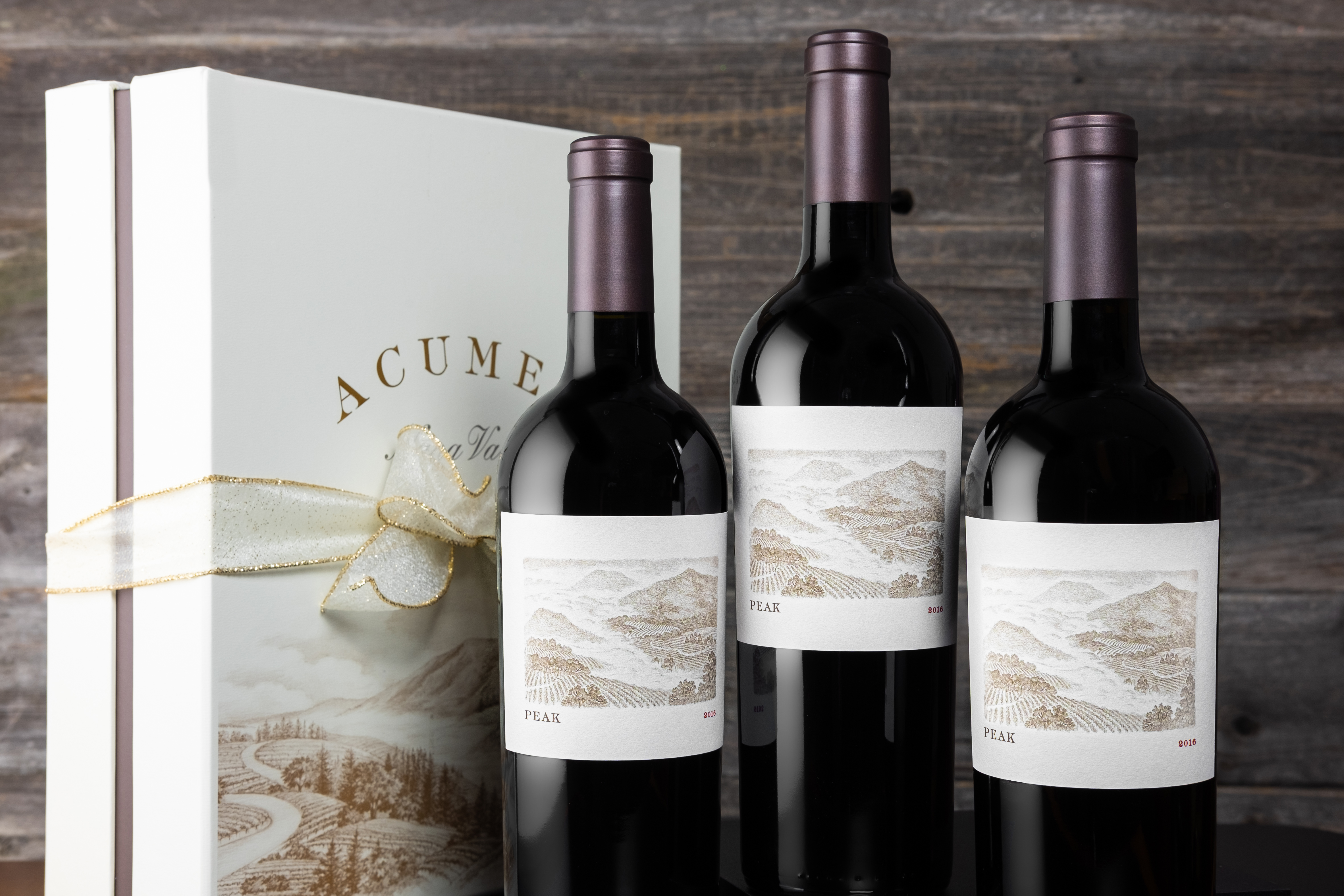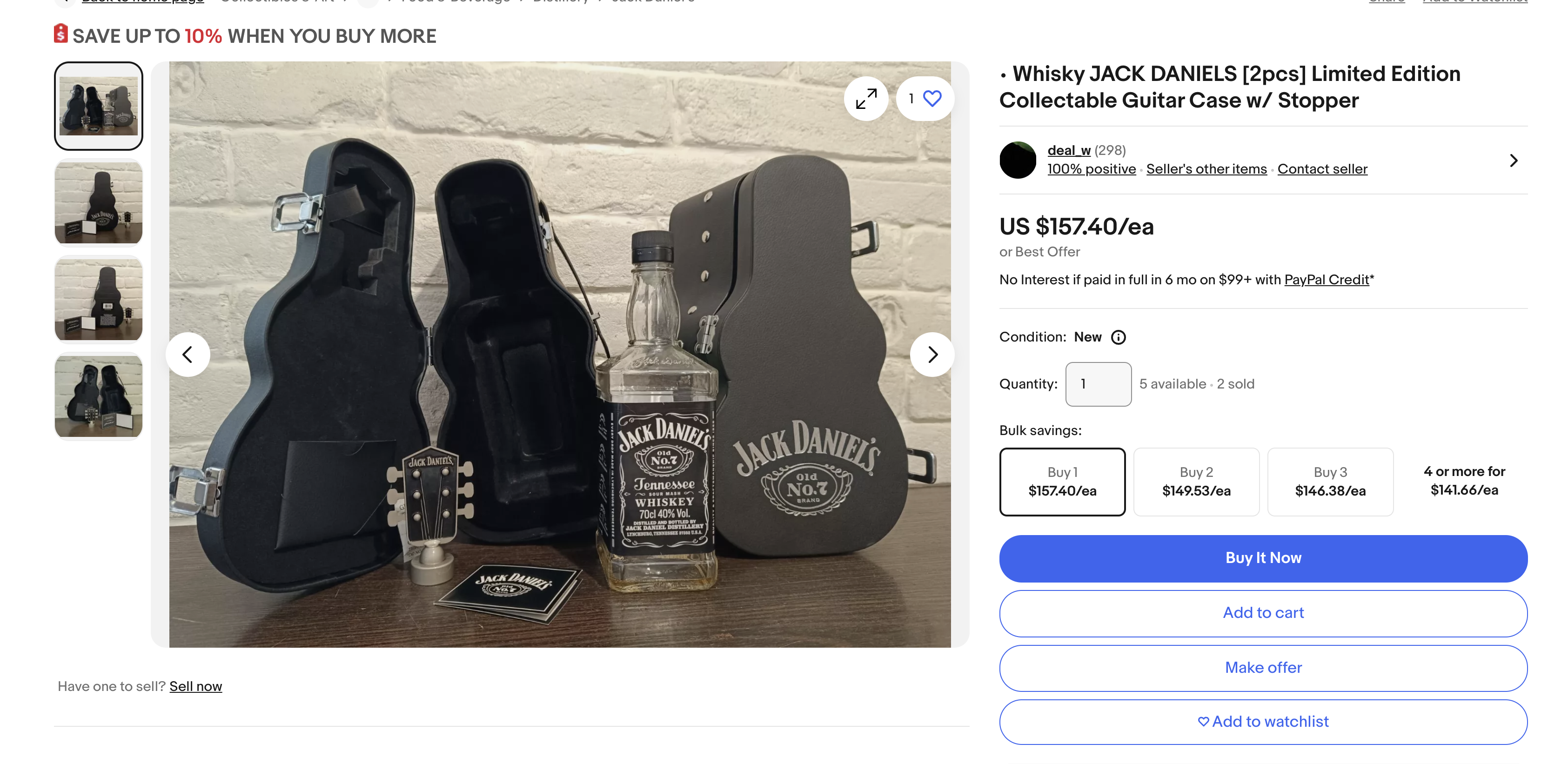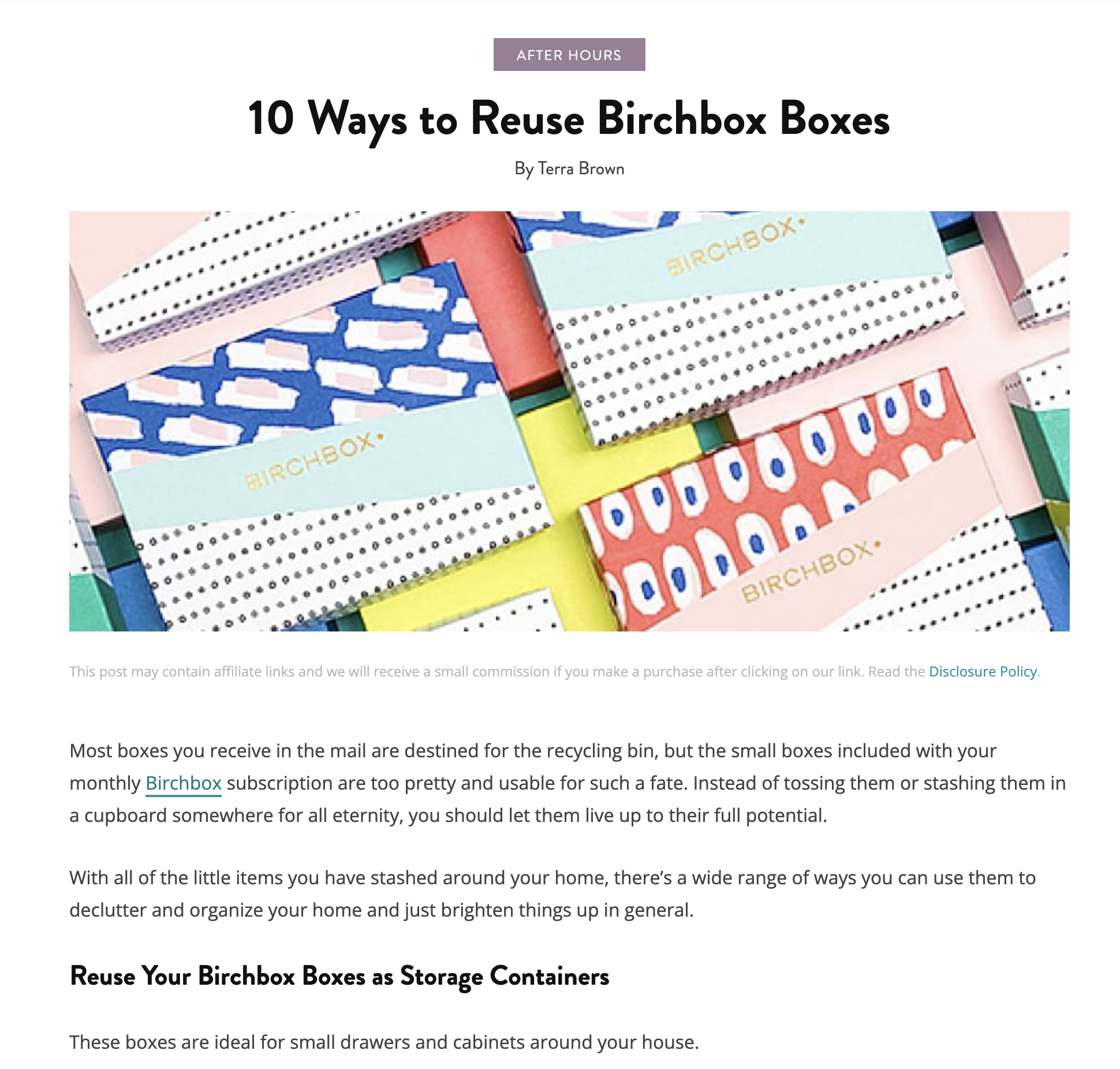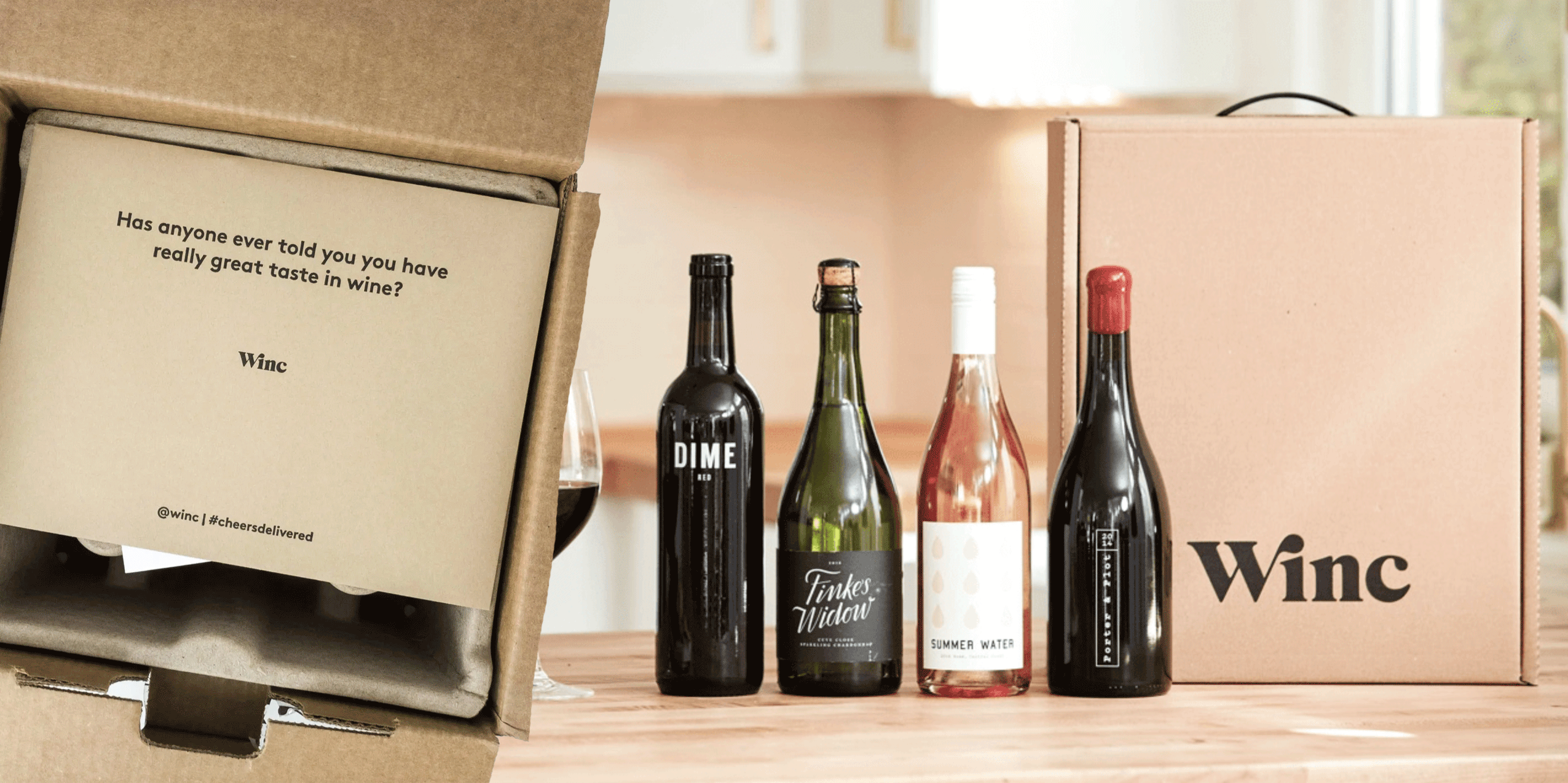
Sustainable Holiday Gift Packaging for Wine
Time to Rethink the Box, the Bottle, and the Footprint
Holidays mean gifties, and if you’re reading this, chances are you’re planning to gift (or market) a bottle of wine. But with sustainability now the buzzword for any decent holiday shopping spree, it’s time to take a hard look at the packaging. Sure, most of us have ditched the styrofoam and use sustainable shippers, but come the holidays, we are focused on beautifully wrapped wine that feels festive. Some traditional holiday packaging options—think heavy glass bottles, foil ribbons and those fancy wooden boxes—leave a footprint that’s hard to ignore. So, how can wineries still impress with premium packaging, minus the eco-guilt?
Let’s break down how your holiday wine game can go green without losing that luxe touch.
Consider Weight: Ditch Heavy Wooden Boxes
There’s a time when wooden wine boxes were the height of sophistication—heavy, sleek, and luxurious. But guess what? That time is fading. Modern consumers are side-eyeing those wooden shippers for the environmental burdens they carry. According to McKinsey’s 2023 survey, many consumers prioritize lightweight packaging as a key factor in reducing environmental impact. This trend, known as “lightweighting,” helps companies reduce the amount of material used, thereby lowering carbon emissions associated with transportation. While traditional factors like price and quality still play major roles in purchasing decisions, 39% of consumers now consider the environmental impact of packaging as a critical factor. This shift is most prominent among younger generations, such as Millennials and Gen Z, who tend to focus more on sustainability when making purchasing decisions.
NielsenIQ’s 2023 report highlights that sustainability trends like lighter, more recyclable materials resonate strongly with eco-conscious consumers. The report shows that 92% of shoppers prioritize sustainability in packaging, with a growing demand for materials that reduce waste and carbon footprints, particularly in industries like wine, beverages, and fast-moving consumer goods.
And if there’s one thing eco-conscious buyers aren’t cool with, it’s excess weight that cranks up carbon emissions during shipping. This growing preference for lightweight packaging is part of a broader movement toward more eco-friendly practices across industries. Brands that adopt these trends, by using materials like recycled cardboard or biodegradable plastics, not only appeal to consumer values but also reduce shipping costs and environmental impacts.

But this doesn’t mean you have to ship in boring corrugated shippers. Luckily, there are some gorgeous cardboard boxes with shippers and self-mailers out there. They will cost more, so it’s good that consumers will pay more. The IBM Institute for Business Value reported in 2022 that 49% of consumers had paid a premium—59% more on average—for sustainable products. So mark up your gift sets and consumers will pay for the packaging.
Double Duty: Packaging That’s Reusable or Repurposable
We’ve all heard it—reduce, reuse, recycle. Well, how about making packaging that’s worth keeping? This has been done in other industries for years. Items like spirits, cosmetics, and confectioners have product boxes and tins that are more than just delivery vehicles; they’re collectibles that instigate engagement and inspire loyalty.
For example, Johnnie Walker has long been a leader in this space, offering limited edition whiskey gift boxes and tins that are beautifully designed, making them ideal for reuse or display. This packaging not only protects the product during shipping but also inspires collectors to engage with the brand long after the bottle is gone. It’s about more than just packaging—it’s creating a keepsake. Jack Daniels has also been known to come out with collectible special boxes that can be found – empty – on eBay for $150 or more.

In the beauty industry, Lush Cosmetics is known for its innovative, reusable tin containers designed for solid shampoo bars. Not only are these containers eco-friendly, but their colorful, eye-catching design encourages customers to reuse them at home, whether for more Lush products or other purposes. This builds both customer loyalty and a sense of responsibility toward sustainability.
In the confectionery world, brands like Godiva and Lindt have mastered the art of collectible packaging. They often release seasonal or limited-edition boxes and tins consumers save as keepsakes. These packaging options enhance the gifting experience and create an emotional connection, further driving brand loyalty.
Subscription services like Birchbox reinforce not only the core value of sustainability but also the value of their packaging by encouraging consumers to submit ideas, write blogs, and post pins on Pinterest about how they reused their shipping boxes.

By adopting a similar approach, wineries can transform wine gift packaging into something that customers will want to hold onto—whether a beautifully designed box doubles as a keepsake or a chic tote bag perfect for future use.
If you’re gifting or selling wine this holiday, consider packaging that your customers can either repurpose or proudly reuse. Not only is it sustainable, but it also gives your customers a feel-good, refillable experience.
Learning From The Big Players
The wine industry might not be shipping at Amazon levels, but there’s plenty to learn from the big players in logistics. Amazon has nailed down minimalist packaging—less material, lower emissions. If wineries adopted similar principles, we could see a fundamental shift. Subscription services like Winc and Vinebox are already paving the way. Using lightweight, recyclable materials and adding functionality such as handles, they’ve nailed the balance between eco-friendliness and keeping bottles safe in transit.

Winc’s use of recycled cardboard and molded pulp inserts keeps things sustainable and cost-effective. And the genius part? They’re doing all this while maintaining the premium feel customers expect from a wine subscription. It’s a strategy any winery can—and should—borrow for holiday gift shipments.
Vinebox took this further and made its holiday package part of the gift with its advent calendar. Vinebox’s 12 Nights of Wine Advent Calendar has been a consistent hit since its introduction and continues to sell out quickly each holiday season. This curated wine calendar has been offered for at least six years and comes in 12- and 24-night options, with selections of wines. The packaging is functional and a vital aspect of the product’s appeal. The 12 Nights of Wine box has been praised by writers and described in the press as “elegant” or “darling” in its holiday presentation, making it an eye-catching gift and collectible.

Vinebox has made packaging a key brand differentiator with its signature sleek glass vials holding single servings of wine. These vials offer a modern, minimalist twist, allowing Vinebox to stand out as a luxury wine subscription service. Besides the advent calendar, Vinebox also highlights its packaging with products like quarterly wine boxes. These contain similar vials and offer subscribers a tasting experience that elevates wine delivery to a sophisticated unboxing event. The combination of thoughtful packaging and high-quality wine has helped Vinebox carve out a niche in the competitive wine subscription market(
Moving Forward: Sustainability Should Be on Every Winery’s Holiday Wish List
As more consumers shift their focus toward sustainability, it’s clear that holiday gift packaging in the wine industry needs to follow suit. Wooden wine boxes, though luxurious, are quickly becoming outdated due to their larger environmental footprint. Instead, wineries should explore the growing trend of reusable, repurposable, and recycled packaging options that cut down on waste and provide consumers with added value.
A wealth of inspiration is available for wineries looking to evolve their holiday gift offerings. Sustainable packaging doesn’t mean giving up luxury—quite the opposite. It’s about innovating, reducing waste, and delivering a premium experience. After all, the wine should be the star of the gift, not the excess packaging it comes in.
As we look toward the future of wine gifting, there’s never been a better time to rethink how we package those cherished holiday bottles. Whether it’s sleek recycled cardboard or multi-use totes, the key is to prioritize sustainability while maintaining that holiday magic. Because, at the end of the day, we all want to raise a glass to a greener planet—one bottle at a time.


